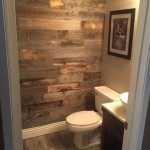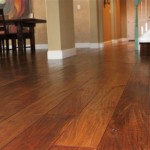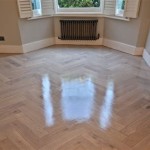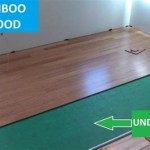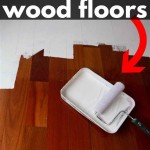Installing Vinyl Flooring Over Particle Board: A Comprehensive Guide
Transforming your home with vinyl flooring over particle board can be a rewarding project. However, achieving a successful installation requires careful preparation and attention to detail. This guide will provide you with a step-by-step roadmap to ensure a beautiful and durable result.
1. Preparation: Laying the Groundwork
Before embarking on your installation, it's crucial to prepare your particle board subfloor thoroughly. Begin by removing any existing flooring, baseboards, and quarter rounds. Then, inspect the particle board for any damage or imperfections. If present, use a wood filler to repair any holes or cracks.
Next, check the flatness and levelness of the particle board. Vinyl flooring requires a smooth and even surface, so any irregularities must be addressed. Use a level to identify high or low spots, and sand down or shim up accordingly.
2. Moisture Control: Preventing Moisture Buildup
Moisture can be a major enemy of vinyl flooring, potentially causing it to buckle or warp. Therefore, it's essential to install a vapor barrier between the particle board and the vinyl. A vapor barrier, such as a plastic sheet or underlayment with a moisture barrier, will help prevent moisture from seeping up into the vinyl.
3. Underlayment: Enhancing Comfort and Stability
An underlayment is a thin layer of material installed between the particle board and the vinyl flooring. It serves multiple purposes, including providing additional cushioning underfoot, reducing noise transmission, and enhancing the overall stability of the flooring.
Choose an underlayment that is compatible with both particle board and vinyl flooring. Some common options include cork, foam, or rubber underlayments.
4. Acclimation: Allowing for Material Adaptation
Vinyl flooring is sensitive to temperature changes, which can cause it to expand or contract. Before installing, allow the vinyl flooring and underlayment to acclimate to the room temperature for at least 24 hours. This will help prevent buckling or gaps in the flooring.
5. Installation: A Step-by-Step Process
Once everything is prepared, it's time to begin the actual installation:
- Starting in a corner, lay the first vinyl plank or tile.
- Carefully measure and cut any necessary pieces to fit around obstacles.
- Follow the manufacturer's instructions for interlocking the planks or tiles.
- Continue laying the flooring, row by row, ensuring tight seams.
- Trim any excess flooring along the edges of the room.
6. Finishing Touches: Trims and Transitions
Once the flooring is installed, add finishing touches to complete the look:
- Install baseboards and moldings to cover the expansion gap around the perimeter of the room.
- Use transition strips to connect different flooring types or to create a smooth transition between rooms.
Conclusion: A Rewarding Transformation
Installing vinyl flooring over particle board can enhance the aesthetics and functionality of your home. By following these essential steps, you can ensure a successful and long-lasting result. Enjoy the satisfaction of a beautifully transformed space that will provide years of comfort and style.

Can You Put Vinyl Plank Over Particle Board Ready To Diy

How To Lay Vinyl Tile Over Particle Board Ehow

Can You Put Vinyl Plank Over Particle Board Ready To Diy

Can You Lay Vinyl Floor Over Osb Ready To Diy

Can You Lay Vinyl Floor Over Osb Ready To Diy

How To Prevent Flooring Problems Prior Installation

How To Install Vinyl Plank Flooring On Plywood Floor

Complete Guide Underlayment For Vinyl Sheet Flooring
Luxury Vinyl Plank Flooring Laying Over Particle Board Subfloor Diy Home Improvement Forum

Particle Board As A Flooring Solution
See Also


